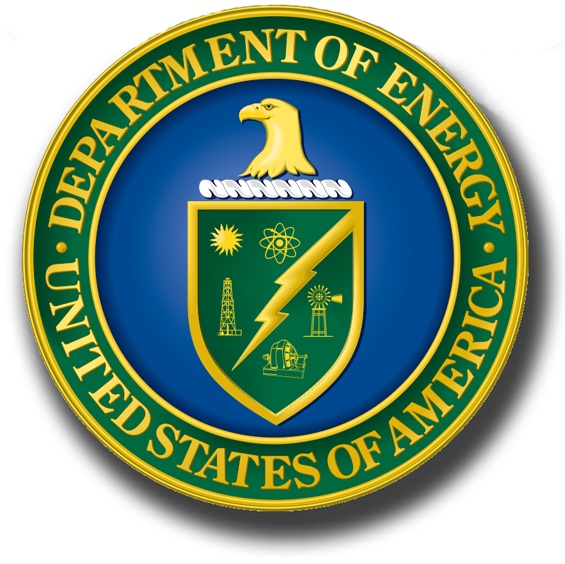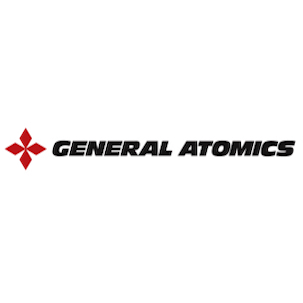Control-oriented core-SOL-divertor model to address integrated burn and divertor control challenges in ITER
V. Graber and E. Schuster
Fusion Engineering and Design 192 (2023) 113635
|
Abstract
|

|
The real-time regulation of a burning plasma’s temperature and density, or burn control, will be necessary to
produce high fusion power in future tokamaks like ITER. This is made more challenging due to the plasma’s
nonlinear characteristics and the interdependence between the core-plasma and edge-plasma regions. For
example, a raising plasma temperature leads to increasing reactivity and therefore to more alpha-particle
heating, which further increases temperature. Furthermore, a raise of the fusion power increases the heat
flow through the scrape-off-layer (SOL), which can compromise the integrity of the divertor without proper
safeguards. For control design, a model-based approach is attractive because it can directly incorporate the
nonlinear, coupled, burning-plasma dynamics into the design. To facilitate this design approach, a control-
oriented core-SOL-divertor (CSD) model is presented in this work. In this CSD model, a core-plasma model
captures the nonlinear dynamics of the core’s density and temperature, and a SOL-divertor model defines
the plasma conditions at the separatrix and divertor including the heat load on the target plates. The core-
plasma and SOL-divertor models are coupled through the exchange of various variables. In particular, the
SOL-divertor model yields the separatrix temperature and the influx of recycled particles into the core-plasma.
These variables influence the power and particle balances captured by the core-plasma model. In return, the
core-plasma model determines the intensity of the heat and particles fluxes across the separatrix, and this
outflow strongly impacts the SOL-divertor model. Therefore, the power and density of the core-plasma, which
can be readily modulated through external heating systems and pellet injection, can be viewed as control knobs
for the SOL-divertor region in addition to the gas puffing. In simulations of the CSD model, it is demonstrated
how external actuation can be utilized to meet burn control and divertor control objectives simultaneously.








